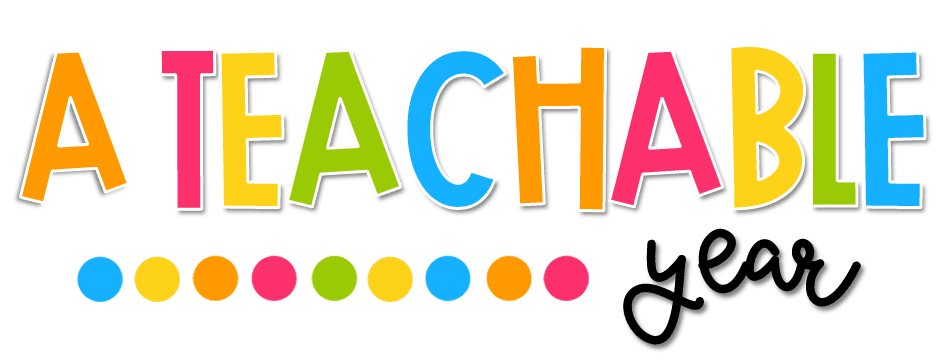Understanding Canada Day
Canada Day marks the anniversary of the Confederation in 1867 when the Constitution Act united three colonies into a single country called Canada.
Language Skills and Activities
Vocabulary Enrichment:
Introduce Canadian-related vocabulary such as maple leaf, Confederation, provinces, bilingualism, and specific terms related to Canadian culture. Use visuals, maps, or discussions to reinforce vocabulary.
Reading and Comprehension:
Select articles, historical accounts, or stories about Canada's history, its symbols, and cultural traditions. Conduct reading sessions followed by discussions or comprehension tasks.
Writing Tasks:
Encourage students to write essays on Canadian culture, describe their impressions of Canada, or pen letters to a "Canadian friend." This exercise nurtures language skills and encourages cultural exploration.
Exploring Canadian Culture
Symbolism of the Maple Leaf:
Discuss the significance of the maple leaf as a national symbol, its representation on the flag, and its importance to Canadians.
Cultural Diversity:
Explore Canada's diverse cultural heritage, highlighting the contributions of Indigenous peoples and various immigrant communities.
Interactive Activities
Canadian Flag Craft:
Engage students in creating Canadian flag-themed crafts or drawings, encouraging creativity and artistic expression.
Cultural Show and Tell:
Encourage students to share elements of Canadian culture, such as music, food, or traditions, promoting cultural exchange and appreciation.
Reflective Discussions
Canadian Identity:
Initiate discussions on what it means to be Canadian, encouraging students to share their perspectives and experiences.
Cultural Traditions:
Discuss Canadian celebrations, customs, and regional differences, fostering an understanding of Canada's diverse heritage.
As we celebrate Canada Day, let us inspire students to embrace diversity, celebrate heritage, and appreciate the rich tapestry of Canadian culture.




No comments
Post a Comment
Thanks for your comment!